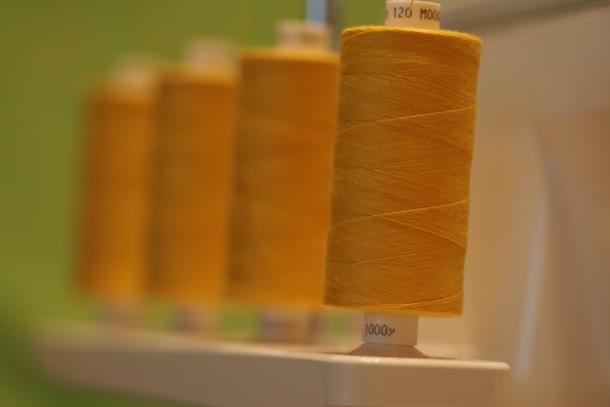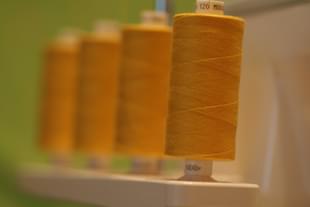News Brief
Gujarat High Court Asks Union Government To 'Re-Look' Definition Of 'Textile' Based On A 1983 Supreme Court Ruling
M R Subramani
Dec 28, 2020, 02:59 PM | Updated 02:59 PM IST
Save & read from anywhere!
Bookmark stories for easy access on any device or the Swarajya app.


The Gujarat High Court has asked the Union government to “re-look” into its definition of textiles within six months based on a 1983 Supreme Court ruling, following a dispute over the use of plastics in textiles.
The apex court’s 1983 ruling said: “When yarn, whether cotton, silk, woollen, rayon, nylon or of any other description or made out of any other material, is woven into fabric, what comes out is a textile”.
A High Court bench comprising Chief Justice Vikram Nath and Justice J B Pardiwala made the ruling particularly with reference to a Central Board of Excise and Customs (CBEC) notification dated 24 September 1992 and an Ahmedabad Collectorate Trade notice dated 9 May 1994 on plastics.
“The Board's (CBEC 1992) circular and the collector's trade notice (1994) prima facie appear to be contrary to the law laid down by the apex court about what is “textiles”, and cannot be relied upon for classifying woven fabric,” the judges said.
Justices Nath and Pardiwala were ruling on a petition filed by CTM Technical Textiles Ltd after the revenue authority refused to treat its two products — agro shade net and geogrid — as textiles under the CBEC 1992 definition and insisted they were plastic.
It also wanted both the notifications quashed by the High Court.
The court prima facie found that agro shade net and geogrid were "fabric" and both were woven fabrics, produced by a weaving method.
Though both the products used a plastic material High-Density Polyethylene (HDPE) strips, in the case of CTM Technical Textiles, plastic was used for producing textile fabrics.
The court accepted that polyester fabrics, terylene fabrics, nylon fabrics etc. were well-known varieties of fabrics and the raw material for all such fabrics was plastic.
The judges said that the Ahmedabad revenue officials had failed to consider what the word “textiles” in common parlance was, adding that the nature of the raw material seemed to have been considered rather than the firm’s claim.
The judges accepted CTM Technical Textiles’ argument that the raw material for producing a fabric was immaterial and what mattered was how the final fabric was manufactured.
Stating that the term "textile" is derived from the Latin "texere" which means "to weave", and it means any woven fabric, the court agreed with the aggrieved party’s contention that the woven fabric would be “textile” irrespective of the method and the materials used for weaving may be anything from cotton to any other material.
“... when any such material is woven into fabric, what comes into existence is a "textile," the judges ruled.
The court, which referred the case back to the revenue authorities to be considered afresh, said it wanted the hearing should consider “the issue of discrimination” by CTM Technical textiles while considering its plea.
The firm had argued that over 100 manufacturers in the country were treating the products as a “textile” material and following HSN code under chapter 60.
“We understand that we are the only company who have the show cause notice pending," the company told the court.
CTM Technical Textiles had petitioned the court after it was asked to pay excise duty to the tune of nearly Rs 7.5 crore, including penalty, from 2007 as both products were considered “plastic”.
The firm argued that all other manufacturers in Gujarat as well as in other States were classifying such products as 'textile' fabrics under the classification of Heading 6005 and Heading 5911 respectively for the past several years and no manufacturer has been paying excise duty on such textile products.
While asking the Centre to “re-look” at the definition of textiles, the judges said that they did not intend to go into the issue of the validity of the CBEC 1992 notification and the 1994 Ahmedabad Collectorate notice.
M.R. Subramani is Executive Editor, Swarajya. He tweets @mrsubramani




